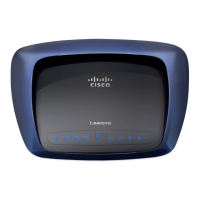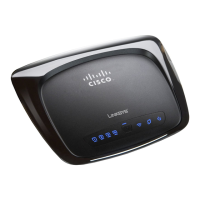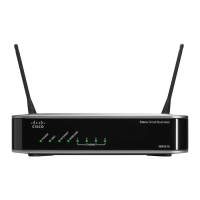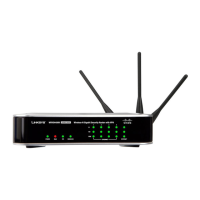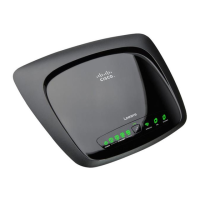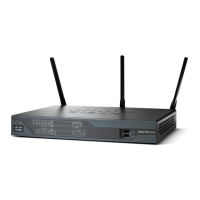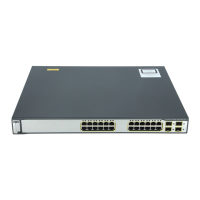REVIEW DRAFT #1—CISCO CONFIDENTIAL
1-9
Cisco WRP500 Administration Guide
Chapter 1 Product Overview and Deployment Guidelines
Special Requirements for Voice Deployments
NAT Mapping for Voice over IP Deployments
Network Address Translation (NAT) is the function that allows multiple devices in your small business
network to share one external (public) IP address that you receive from your Internet Service Provider.
Voice over IP can co-exist with NAT only when some form of NAT traversal is provided.
Some Internet Telephone Service Providers (ITSPs) provide NAT traversal, but some do not. For voice
deployments, it is strongly recommended that you choose an ITSP that supports NAT mapping
through a Session Border Controller.
If your ITSP does not provide NAT mapping through a Session Border Controller (the preferred
method), you have three options for providing NAT traversal on your WRP500:
• Deploy an edge device that has a SIP ALG (Application Layer Gateway). The Cisco Small
Business WRV200 is suited for this purpose, but other SIP-ALG routers can be used. If your
Internet Service Provider is providing the edge device, check with your provider to determine
if the router has a SIP ALG.
• Configure NAT mapping with the EXT IP setting. This option requires that you have (1) a
static external (public) IP address from your Internet Service Provider and (2) an edge device
with a symmetric NAT mechanism. If the WRP500 is the edge device, the second requirement
is met. For more information about the EXT IP setting, see the “NAT Support Parameters
section” section on page A-11.
• Configure Simple Traversal of UDP through NAT (STUN). This option requires that you have
(1) a dynamic external (public) IP address from your service provider, (2) a computer running
STUN server software, and (3) an edge device with an asymmetric NAT mechanism. If the
WRP500 is the edge device, the third requirement is not met. For more information about the
STUN Enable setting and the STUN Test Enable setting, see “NAT Support Parameters
section” section on page A-11.
Local Area Network Design for Voice Deployments
Use the following guidelines to manage the LAN setup for voice deployments.
• Ensure that all telephones are located in the same local area network subnet.
• Configure your WRP500 as a DHCP server for the purpose of easily adding network devices to the
system. Ensure that the DHCP server can assign enough IP addresses to serve the devices that you
need to connect to your network.
• Use stable DNS server addresses for URL name resolution. Your Internet Service Provider can
provide the primary and secondary DNS server IP addresses.
• If you need to directly connect more than four network devices (other than wireless devices), you
will need to connect an Ethernet switch to the WRP500. For voice deployments, Cisco recommends
use of the SLMxxxP, SRWxxxP and SRWxxxMP switch product families. The SLM224P is a
popular choice. For more information about these switches, visit the following URL:
www.cisco.com/cisco/web/solutions/small_business/products/routers_switches/index.html
• If you use an Ethernet switch, configure it to ensure voice quality. The following settings are
recommended:

